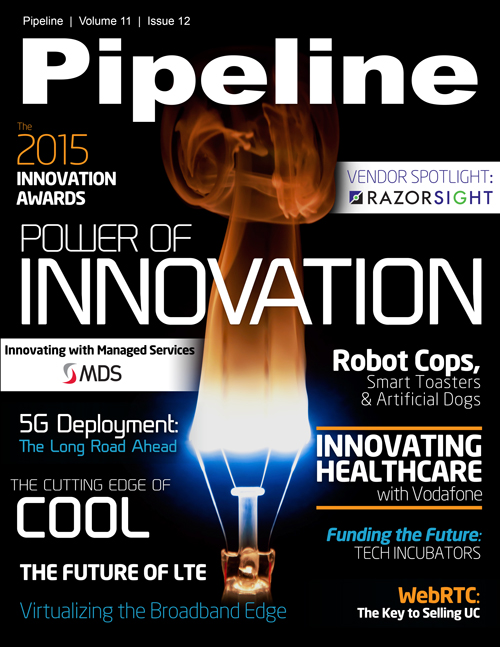The Future of LTE
By: Randy Cox

Of all the life-altering technology we enjoy every day, few things are as pervasive as our cell phones. As our lifeline to family and friends and a repository of all human knowledge, they have evolved from being convenient to indispensable. This is reflected in the adoption of the latest radio technology by mobile carriers, as the number of LTE subscribers exceeded 300 million last year. LTE is the most flexible and capable radio access technology available today, and 3GPP is continuing its development with the next iteration coming in Release 13, which is expected to be released next year.
The new release is coming none too soon, as the increase in LTE traffic potentially results in degraded performance. This is a particular concern in congested areas such as busy city centers, shopping malls, education campuses and other areas where large numbers of people use mobile networks. To alleviate the increased pressure on LTE networks, 3GPP is developing support for new technology – or, rather, enabling coexistence between existing technologies – to bolster the current capabilities of carrier networks. Release 13 will include support for LTE in conjunction with the unlicensed spectrum, which is currently the domain of Wi-Fi devices. Officially designated License Assisted Access (LAA), it promises to support the continued growth of the LTE ecosystem.
LAA and Wi-Fi
LAA is a new way to take advantage of the unlicensed 5 GHz band of the spectrum to boost carrier LTE network performance. It’s not a standalone system to replace existing radio technology, but rather it will be used alongside a carrier’s Primary Cell in the licensed band in a complementary capacity. 3GPP is currently working to determine what band combinations are ideal for the best deployment, with recommendations to come after Release 13 is adopted.
Naturally there has been some resistance in the Wi-Fi industry to the idea of LTE using part of the Wi-Fi spectrum. In particular, there are concerns that LTE will cause interference with current Wi-Fi operation. Additionally, because LTE currently offers important capabilities such as a high degree of efficiency and broad coverage, some believe that LAA is intended to supplant Wi-Fi in the long run. On the contrary, the goal of LAA is a friendly co-existence with Wi-Fi to deliver the best performance possible to the mobile operator’s customers, by using the additional resource of the unlicensed spectrum in more dense usage environments.
The Advantages of LAA
LAA will increase carrier network capacity by taking advantage of unused or underused frequencies in the unlicensed 5 GHz spectrum. By doing so, it maintains the high quality of service that LTE customers have come to expect, while keeping interference with Wi-Fi devices at a minimum. LAA radio technology makes it possible to maintain a high level of throughput for a growing number of users, and with the use of LAA in a densely packed urban environment an operator can further improve network performance by using the best capabilities of both licensed and unlicensed technology to provide a seamless user experience. The use of LTE Advanced Carrier Aggregation mechanisms means that the licensed portion of the spectrum can seamlessly back up the unlicensed portion in case any performance issues do arise.





















